Prosthetics
INNOVATIVE LIMB REPLACEMENT TECHNOLOGY IN THE TRI-STATE AREA
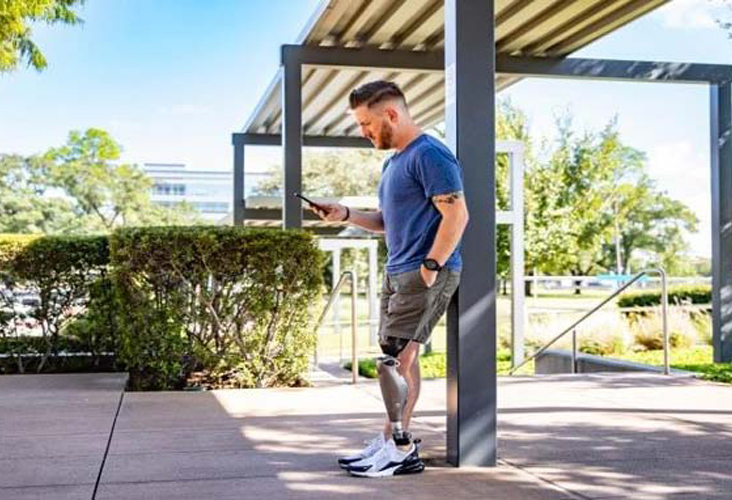
ADVANCING PROSTHETIC CARE WITH INNOVATIVE SOLUTIONS
The focus at Bio Dynamic Technologies is on delivering advanced prosthetic solutions that enhance mobility and improve quality of life. Through the design and customization of innovative limb replacement systems, the team provides high-performance devices tailored to meet individual functional needs. Each prosthetic is carefully crafted to align with anatomical structure and lifestyle considerations, aiming for optimal comfort, fit, and performance.
SOCKET FIT AND SUCTION SUSPENSION METHODS
Bio Dynamic Technologies is committed to delivering socket systems that emphasize comfort, functionality, and precision fit. Each socket is engineered using the latest advancements in materials science and prosthetic technology to ensure optimal performance. These designs aim to minimize skin irritation, evenly distribute pressure, and promote natural, unrestricted movement.
The suction and elevated vacuum suspension systems are developed to support improved mobility and overall gait efficiency. These technologies enhance suspension, socket comfort, and stability through virtually piston-free operation—minimizing unwanted vertical movement. The result is a high level of stability, functionality, and confidence in motion.
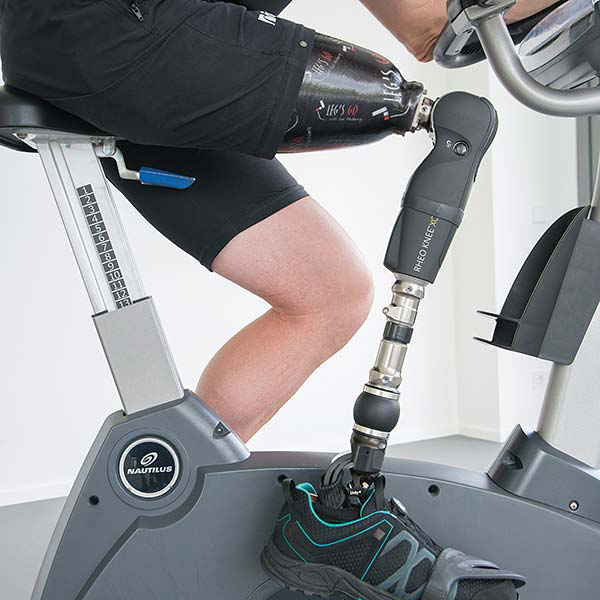
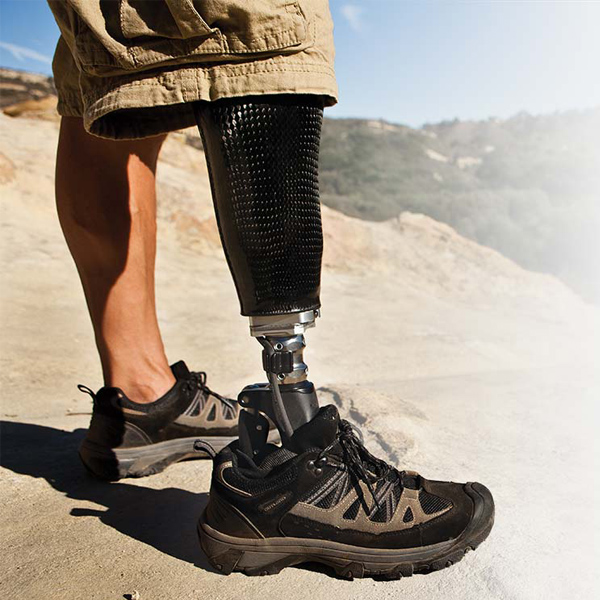
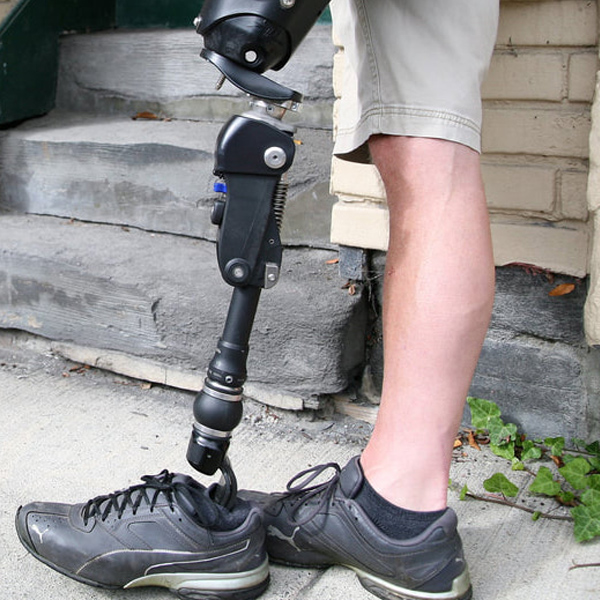
ENHANCING QUALITY OF LIFE THROUGH ADVANCED PROSTHETICS
Bio Dynamic Technologies is dedicated to making the prosthetic fitting and customization process efficient and effective. Whether during pre- or post-operative phases, comprehensive evaluations help establish clear goals and expectations. Using advanced testing methods and clinical collaboration with healthcare professionals, customized prosthetic solutions and care plans are developed to support optimal functionality and improved quality of life.
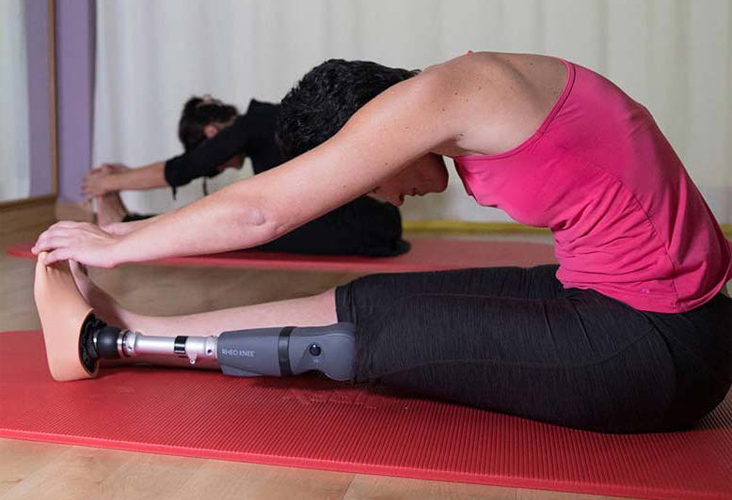
DISCOVER THE POTENTIAL OF INNOVATIVE PROSTHETICS
From minor to severe injuries, our team develops advanced devices designed to support recovery and promote overall wellness.
